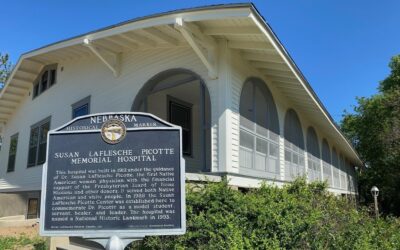The National Register of Historic Places is the nation’s inventory of properties deemed worthy of preservation. It is part of a national program to coordinate and support local and private efforts to identify, evaluate, and protect the nation’s historic and archeological resources. The National Register was developed to recognize historic places and their role in contributing to our country’s heritage. Properties listed in the National Register either individually or as contributing to a historic district are eligible for State and Federal tax incentives.
For more information on the National Register program in Nebraska, contact the Nebraska State Historic Preservation Office of History Nebraska at 402-613-1591 or visit history.nebraska.gov/historic-preservation.
The Abbott Ranch Headquarters
History Nebraska is pleased to announce the Abbott Ranch Headquarters in Hyannis has been listed on the National Register of Historic Places.
Located on the west end of Hyannis, the site is home to a sprawling complex of buildings that the Abbott family used for ranching from 1896 until about 1954. The Abbotts built their headquarters in 1896, making it the central location from which the Abbott enterprise grew. Having acquired the land from three different federal laws, the Preemption Act, the Homestead Act, and the Timber Act, the Abbott family operated a highly successful ranching operation from the area. Their successful empire grew rapidly, and the Abbotts became prominent members of Grant County society.
The Abbotts soon became one of the premier ranching groups on the Great Plains. As premiere representation of the ranching lifestyle, the Abbotts are recognized in this nomination for their significance at a local, state, and national level as Hyannis became known as the “mecca of the Sandhills.”
Their homes are some of the best existing examples of that elitism. The Chris Abbott house is a two-story Italian Renaissance Revival home with a low-pitch hipped roof covered in terra cotta clay tiles designed by famous Nebraska architect George Berlinghof. Likewise, the A.J. Abbot house is a vernacular interpretation of the Queen Anne style with a brick foundation and a pyramidal-hipped roof.
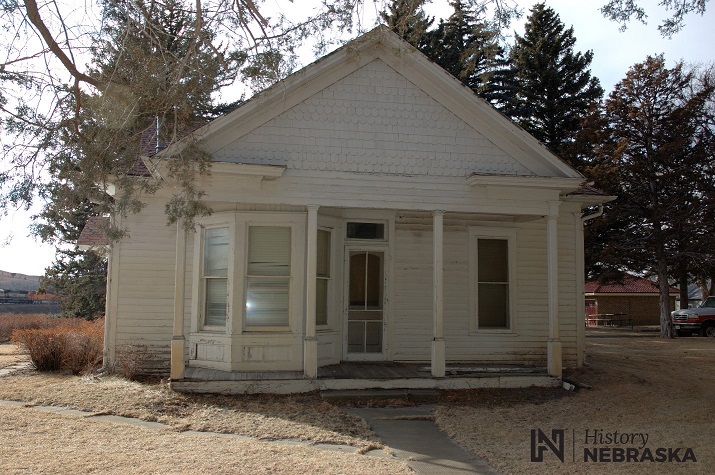
A.J. Abbott House
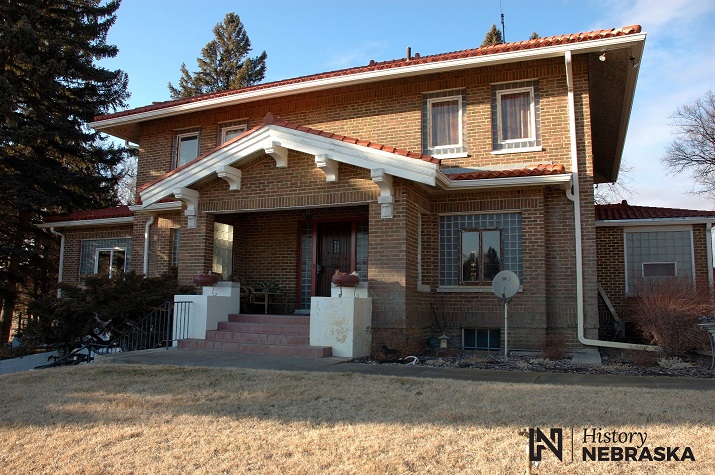
Chris Abbott House
Dana College
History Nebraska is pleased to announce Dana College as one of the newest locations listed on the National Register of Historic Places. Many immigrant groups from Eastern and Northern Europe have made Nebraska their new home throughout our state’s history. These groups developed communities and the necessary amenities needed for long-term growth. Dana College in Blair is one such example. Representing a significant part of immigrant and Danish history in Nebraska, the college contains historical resources like Pioneer Memorial, the Charles A. Dana-LIFE Library, and Blair Hall.
Dana College grew out of the Trinity Seminary, which was a seminary founded by Danish Lutheran pioneers in Blair. In 1899, a merger between Trinity Seminary and Elk Horn Højskole, a Danish college in Elk Horn, Iowa, formed Dana College. Dana College would be visited by Danish royalty three separate times throughout its history- in 1939, 1976, and 2009. These connections highlight that Dana College had become a stronghold of Danish activity in Nebraska.
Dana College also pioneered unique academic programs. In 1956-1957, the school developed the Liberal Arts Reading Program, which encouraged student and community engagement through academics. Additionally, the college created the LARP program, designed to expose students to popular literature throughout history.
While Dana College shut its doors in 2010, the site still has a future. Angels Share, an Omaha non-profit working to end homelessness, plans to turn the old college into a campus where “those less fortunate receive the effective, compassionate care they need to be healthy in body, mind, and spirit.” They plan to do this by offering a place for people aged out of the foster care system, at-risk youth, and low-to-moderate income seniors. This redevelopment highlights how historic preservation can play a role in the betterment of society.
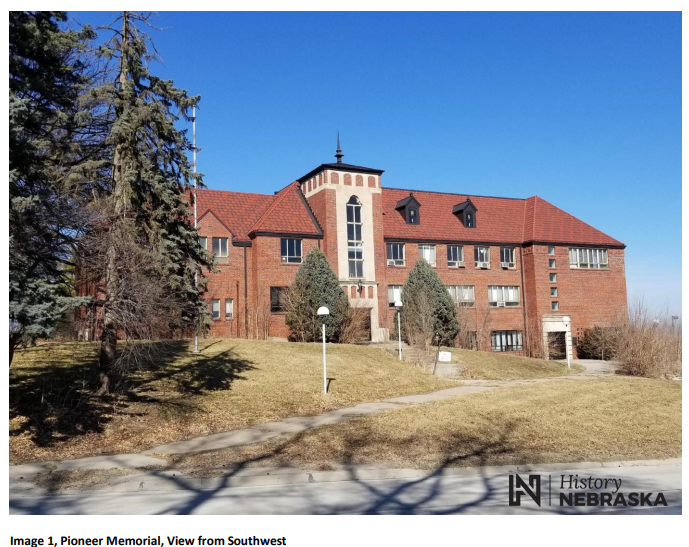
Dana College
Plattsmouth’s Morgan-Fricke House
Visitors to Plattsmouth turning down N. 6th Street from Avenue E or F will come across a house that appears straight out of the 18th century. The Morgan-Fricke Residence, a Colonial Revival style house, was built in 1901 and serves as an upscale set of apartments. History Nebraska is pleased to announce the house is now listed on the National Register of Historic Places.
The house was built for Frank J. Morgan, a well-known resident of Plattsmouth. Morgan himself owned a clothing store, became the Mayor of Plattsmouth from 1902 to 1904. Morgan would go on to receive praise from the Plattsmouth Journal for always “devoting his time and energy to the advancement of every project that would be of benefit to Plattsmouth and her citizens”.
Morgan passed away in 1904, just three years after the residence was completed. In 1916, his wife, Gertrude, sold the house to Frederich G. Fricke, a German immigrant who operated a drug store until his death in 1937.
The house today is an excellent example of a Colonial Revival “Classic Box” style home, meaning it has a hipped roof and a full-width porch. The house was listed in the national register primarily for its architecture, but remains notable for its architecture and for its connections to important people in Plattsmouth’s history.
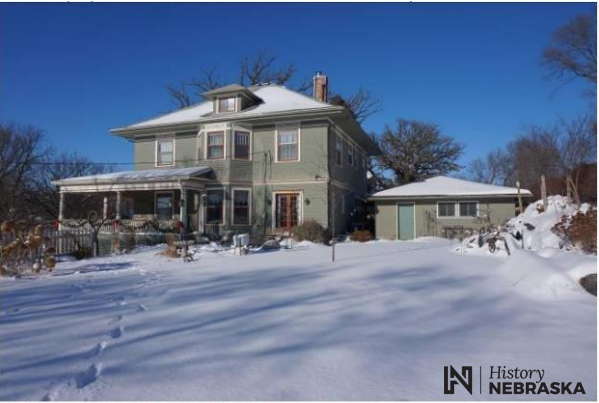
Plattsmouth’s Morgan-Fricke House



